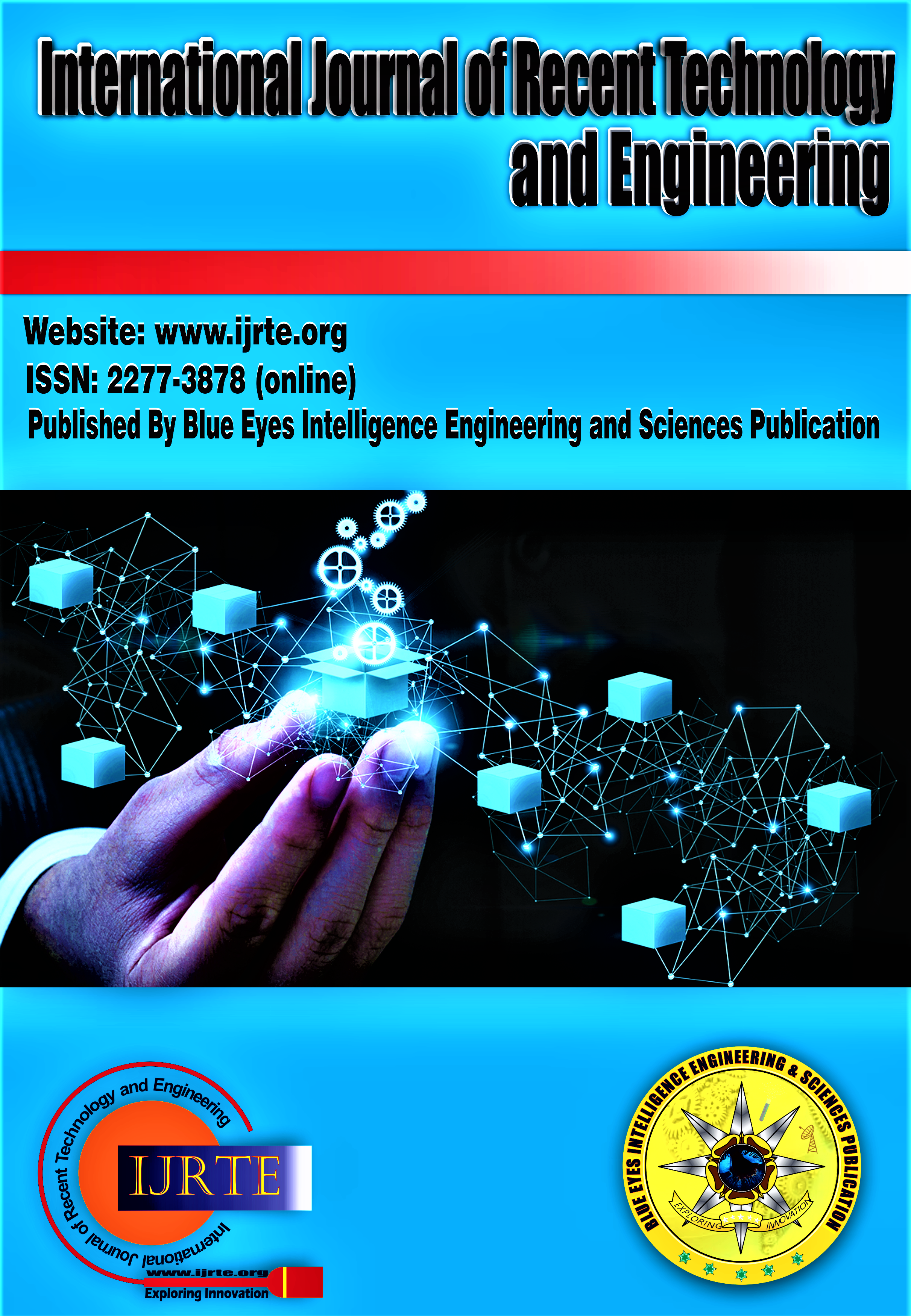Classification of Emotion using Eeg Signals: an FPGA Based Implementation
Main Article Content
Abstract
An electroencephalograph is a device that records all electrical energy in the human brain using wearable metal electrodes placed on the skull. Electrical impulses connect brain cells and are always mobile, even at rest. This activity appears as a squiggly line in EEG recordings. Activity gaze data is pre-processed to a frequency range of 0 to 75 Hz. This creates a new matrix with a sample rate of 200 Hz and a range of 0-75 Hz. A finite-impulse-response low-pass filter was used because the bandpass would distort his EEG data after processing. Each pre-processed EEG signal has an output, which completes feature extraction. Principal Component Analysis or PCA is passed in the feature reduction phase. PCA is an analytical process that uses singular value decomposition to transform a collection of corresponding features into mutually uncorrelated features or principal components. Principal component analysis: (a) mean normalization of features (b) covariance matrix (c) eigenvectors (d) reduced features or principal components. The above steps are passed to the SVM classifier for sentiment output. His VHDL code and testbench for 2*2 matrices were written, waveforms and RTL schemes were created in Xilinx 14.5. For the FPGA implementation, a Simulink model was designed, and the eigenvalues were pre-determined using a system generator.
Downloads
Article Details
Section

This work is licensed under a Creative Commons Attribution-NonCommercial-NoDerivatives 4.0 International License.
How to Cite
References
An Emotion and Attention Recognition System to Classify the Level of Engagement to a Video Conversation by Participants in Real Time Using Machine Learning Models and Utilizing a Neural Accelerator Chipby Janith Kodithuwakku ORCID, Dilki Dandeniya Arachchi and Jay Rajasekera.
W. -C. Fang, K. -Y. Wang, N. Fahier, Y. -L. Ho and Y. -D. Huang, "Development and Validation of an EEG-Based Real-Time Emotion Recognition System Using Edge AI Computing Platform With Convolutional Neural Network System-on-Chip Design," in IEEE Journal on Emerging and Selected Topics in Circuits and Systems, vol. 9, no. 4, pp. 645-657, Dec. 2019, doi: 10.1109/JETCAS.2019.2951232.
Dai J, Xi X, Li G, Wang T. EEG-Based Emotion Classification Using Improved Cross-Connected Convolutional Neural Network. Brain Sci. 2022 Jul 24;12(8):977. doi: 10.3390/brainsci12080977. PMID: 35892418; PMCID: PMC9394254.
T. Kiran and T. Kushal, "Facial expression classification using Support Vector Machine based on bidirectional Local Binary Pattern Histogram feature descriptor," 2016 17th IEEE/ACIS International Conference on Software Engineering, Artificial Intelligence, Networking and Parallel/Distributed Computing (SNPD), Shanghai, China, 2016, pp. 115-120, doi: 10.1109/SNPD.2016.7515888.
M. Ye, T. Liu, Y. Ye, G. Xu and T. Xu, "FPGA Implementation of CORDIC-Based Square Root Operation for Parameter Extraction of Digital Pre-Distortion for Power Amplifiers," 2010 6th International Conference on Wireless Communications Networking and Mobile Computing (WiCOM), Chengdu, China, 2010, pp. 1-4, doi: 10.1109/WICOM.2010.5600929.
W. Swinkels, L. Claesen, F. Xiao and H. Shen, "Real-time SVM-based emotion recognition algorithm," 2017 10th International Congress on Image and Signal Processing, BioMedical Engineering and Informatics (CISP-BMEI), Shanghai, China, 2017, pp. 1-6, doi: 10.1109/CISP-BMEI.2017.8301923.
K. N. V. Satyanarayana, T. Shankar, G. Poojita, G. Vinay, H. N. S. V. l. S. Amaranadh and A. G. Babu, "An Approach to EEG based Emotion Identification by SVM classifier," 2022 6th International Conference on Computing Methodologies and Communication (ICCMC), Erode, India, 2022, pp. 650-654, doi: 10.1109/ICCMC53470.2022.9753699.
M. Healy, R. Donovan, P. Walsh and H. Zheng, "A Machine Learning Emotion Detection Platform to Support Affective Well Being," 2018 IEEE International Conference on Bioinformatics and Biomedicine (BIBM), Madrid, Spain, 2018, pp. 2694-2700, doi: 10.1109/BIBM.2018.8621562.
Lichen Feng, Liying Yang, Shubin Liu, Chenxi Han, Yueqi Zhang, Zhangming Zhu, An efficient EEGNet processor design for portable EEG-Based BCIs, Microelectronics Journal, Volume 120, 2022, 105356, ISSN 0026-2692.
B. S. Ajay and M. Rao, "Binary neural network based real time emotion detection on an edge computing device to detect passenger anomaly," 2021 34th International Conference on VLSI Design and 2021 20th International Conference on Embedded Systems (VLSID), Guwahati, India, 2021, pp. 175-180, doi: 10.1109/VLSID51830.2021.00035.
E. M. Bouhabba, A. A. Shafie and R. Akmeliawati, "Support vector machine for face emotion detection on real time basis," 2011 4th International Conference on Mechatronics (ICOM), Kuala Lumpur, Malaysia, 2011, pp. 1-6, doi: 10.1109/ICOM.2011.5937159.
Rijad Sarić, Nejra Beganović, Dejan Jokić, Edhem Čustović,Towards efficient implementation of MLP-ANN classifier on the FPGA-based embedded system,IFAC-PapersOnLine,Volume 55, Issue 4,2022,Pages 207-212,ISSN 2405-8963.





